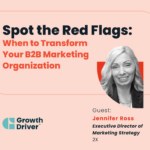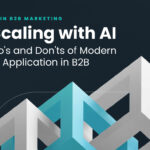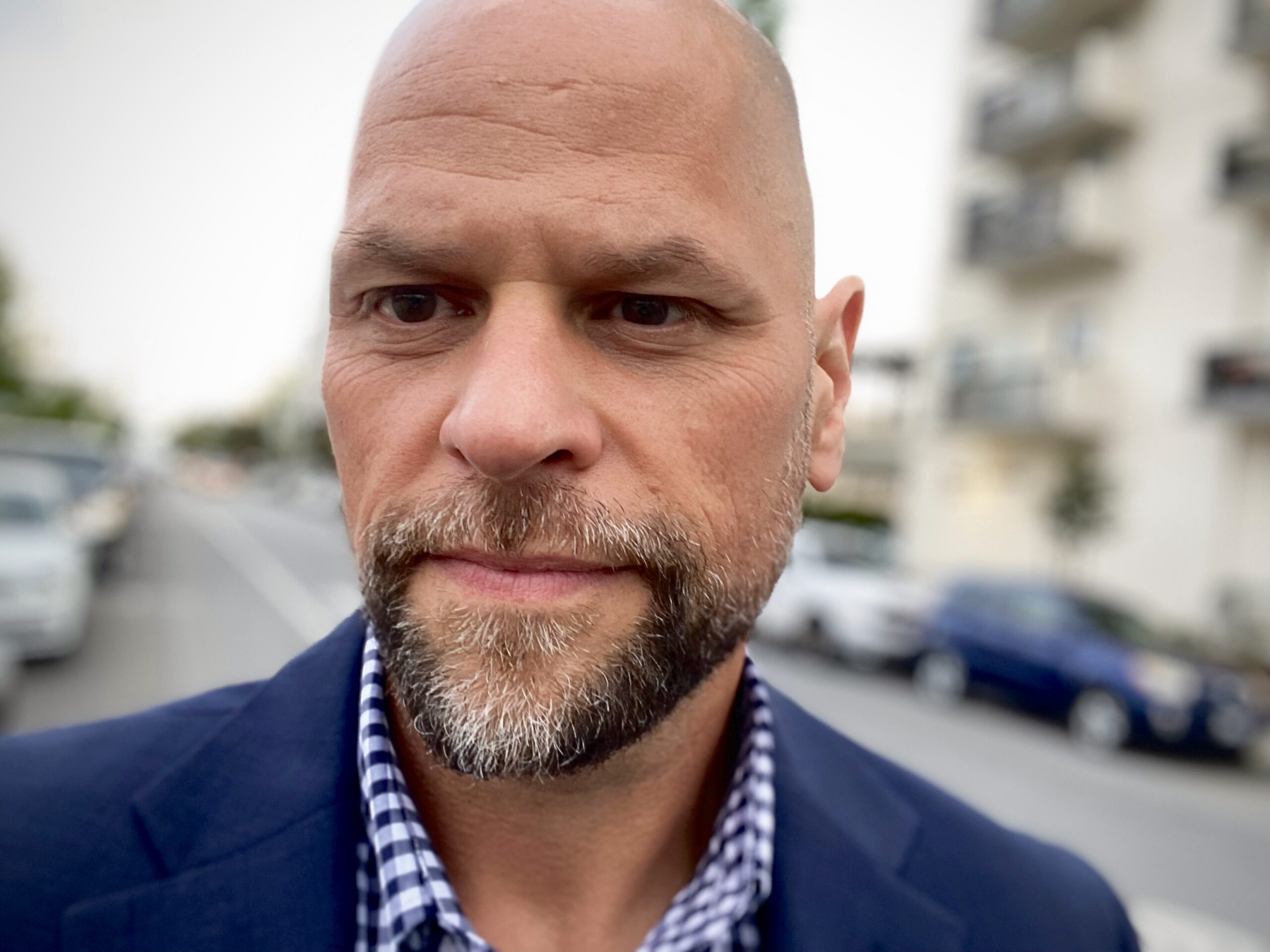B2B Buying and Buyer Engagement Has Changed…
B2B buying behavior has evolved significantly over the past 5+ years. B2B buying teams are educating themselves, developing their requirements, and creating vendor shortlists long, long before they reach out to sales teams. They research, educate, and buy in teams. And they prefer to stay anonymous much longer in the buying journey.
This shift makes it essential for B2B teams to think holistically and execute seamlessly across all possible channels and touchpoints with their ICP. By rethinking engagement channels, you can create more effective growth plays while tracking critical buying signals throughout their complex, multi-channel journey.
So we developed SHOPPPEECC to meet this need head-on.
Move over PESO
In B2B marketing and sales, various types of media and engagement channels play crucial roles in reaching and connecting with your target audience. At Intelligent Demand, we’ve built on the traditional PESO Model to create the SHOPPPEECC Engagement Model as a way to remember all the channels you can use to engage your prospects.
You’ve probably run across the PESO model: Paid, Earned, Shared, Owned. It’s helpful, but incomplete and out-of-date with the realities of today’s B2B environment. Enter
SHOPPPEECC
The SHOPPPEECC Model is more comprehensive and better fits the realities of modern B2B buyer journeys:
- Shared
- Human
- Owned
- Product
- Paid
- Partners
- Event
- Earned
- Customer
- Community
The SHOPPPEECC Checklist
While it doesn’t exactly roll off the tongue, it is a handy way to think holistically about channels of engagement and connecting across channels to create a more cohesive, effective buyer experience. These checklists below give you more information on SHOPPPEECC while providing tangible steps to improve your growth programs and drive engagement, pipeline, and revenue.
1: Shared Media Channels
Shared media thrives when audiences amplify your content, spreading your message further through social sharing, user-generated content, and interactions. It’s about building community and advocacy. Think of GE’s #GEInstaWalk, which gave influencers exclusive behind-the-scenes access to their manufacturing facilities, sparking conversations around innovation. Similarly, Adobe’s #CreateYourStory celebrated user creativity by inviting customers to showcase work created with their tools.
Checklist:
- Highlight user-generated content like reviews and photos.
- Use hashtags to encourage social sharing.
- Create campaigns and challenges that foster engagement and advocacy.
2: Human Media Channels
Human media is all about authentic, one-on-one connections between your team and customers. These moments of personalization and care build trust, loyalty, and lasting relationships. Zappos is a standout here—they’ve turned exceptional customer service into their secret weapon for satisfaction and retention.
Checklist:
- Train teams to deliver cross-functional customer experiences (CX).
- Define clear roles (e.g., SDR, AE, customer success).
- Focus on building rapport in every interaction.
3: Owned Media Channels
Owned media gives you complete control of your message through platforms like websites, blogs, and email. It’s the perfect space to tell your story and drive consistent branding. HubSpot does this well with its blog, providing inbound marketing insights while featuring crowd-sourced tips that keep their audience engaged and loyal.
Checklist:
- Keep content fresh and optimized for SEO.
- Use analytics to fine-tune what’s working.
- Ensure brand consistency across all platforms.
4: Product Channels
Product channels deliver value directly through the experience users have with your product—like onboarding, in-app support, and feature updates that drive loyalty and growth (Product-Led Growth (PLG)). Slack is a great example: its intuitive design and in-product onboarding foster adoption and encourage viral growth through seamless user experiences.
Checklist:
- Design a smooth onboarding process.
- Use referral incentives to spark organic growth.
- Gather feedback to refine and improve features.
5: Paid Media Channels
Paid media is where businesses invest to amplify their message, whether through digital ads, PPC campaigns, or retargeting. Adobe nails this with highly targeted B2B ads, while Mailchimp grabs attention with bold, colorful Instagram campaigns
Checklist:
- Use performance data to maximize ad spend.
- A/B test creative assets to find what works best.
- Tailor campaigns to specific audience segments.
6: Partner Channels
Partner channels let you team up with others to broaden your reach and connect with shared audiences. Salesforce’s AppExchange does this brilliantly, offering customers easy access to trusted partner solutions that add value to their ecosystem.
Checklist:
- Build partnerships that align with shared goals.
- Collaborate on events to reach new audiences.
- Align and develop content with partner goals and objectives.
7: Event Channels
Event channels, whether live or virtual, are all about creating memorable moments that engage your audience. Adobe Summit stands out, combining digital innovation showcases with interactive experiences to deepen attendee engagement.
Checklist:
- Host interactive sessions to encourage participation.
- Follow up post-event with valuable content.
- Leverage virtual tools to expand your reach.
8: Earned Media Channels
Earned media comes from organic recognition—customer reviews, word-of-mouth, and media coverage that boost your credibility. Tesla is a textbook case, gaining widespread attention from satisfied customers and groundbreaking products.
Checklist:
- Encourage customers to leave reviews and share testimonials.
- Partner with influencers for authentic visibility.
- Use PR strategies to spotlight achievements.
9: Customer Channels
Turn your customers into advocates by involving them in your growth. Dropbox’s referral program is a classic example, fueling significant growth by rewarding customers for spreading the word.
Checklist:
- Launch referral and loyalty programs.
- Highlight customer success stories.
- Create opportunities for feedback and advocacy.
10: Community Channels
Community channels connect users, building a sense of belonging and loyalty. Salesforce’s Trailblazer Community is a perfect example, fostering collaboration and knowledge-sharing among users while deepening their connection to the brand.
Checklist:
- Create forums or online spaces for users to interact.
- Organize user events to encourage networking.
- Participate in broader industry communities to expand influence.
Remember to SHOPPPEECC!
Each of these engagement channels has unique strengths, and an effective B2B growth strategy often involves integrating multiple approaches to reach, engage, and convert prospects into loyal customers. As you test and learn, keep your growth goals, audience definition, and value propositions in mind. It’s likely you’ll find that some channels are a better fit than others as your target accounts move through their end-to-end customer journey.




